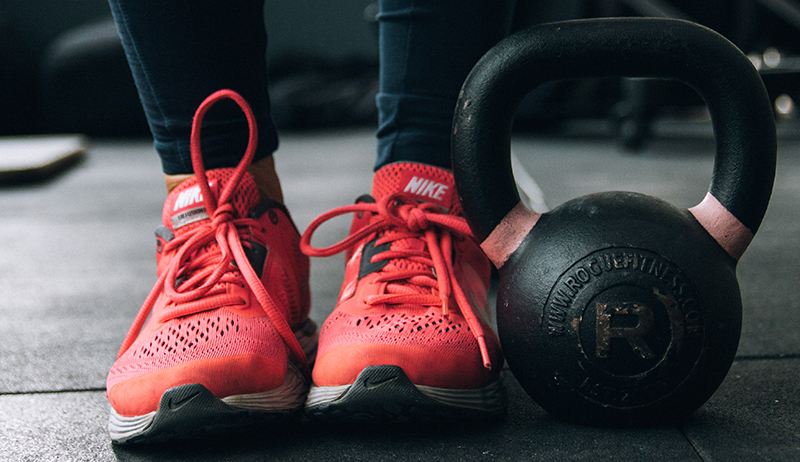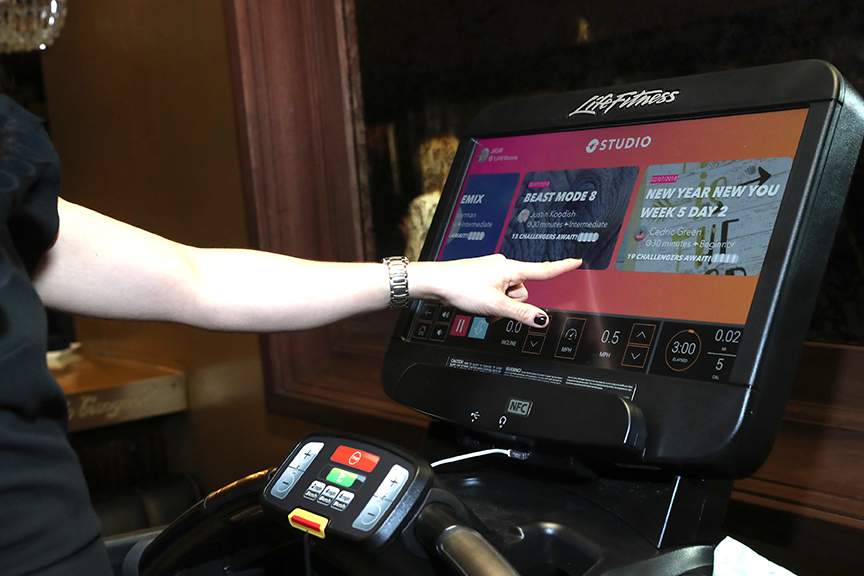The practical aspects of setting up an SGT program begin with clearly defining the training “application,” says Greg Niederlander, senior application specialist for group training at Life Fitness. “You may have great products that fit well into a space, but if the applications don’t match the facility vision, the member needs, and the instructor capabilities, then the chances for success are significantly reduced,” he says.
Niederlander stresses that the visibility of your SGT space is also a factor. “If your members don't frequent that area of the club and don't know what's going on, you have less of a chance to market the class to them,” he says. “There appears to be more of trend toward offering small group training in open exercise areas that are used for group training at dedicated times, with the equipment in the space being utilized by the general members when SGT sessions are not being conducted.”
You also need to maintain a marketing and sales perspective. “Think about what you want to say about your small group training programming,” he says. “How is your sales team going to sell it during member walk-throughs, for instance?”
Be sure to clearly define why you are offering SGT, who it’s for, and how the member will benefit from participating.
You Need Strong SGT Instructors
Niederlander states that you can have the best programming in the nicest space with the best equipment, but the real key to SGT success comes down to strong instruction.
It is imperative that the training session content, the configuration of the training space, and equipment selection not only align with participant needs, but also with the instructor’s capability, training style, and personality.
“You may have a great personal trainer who’s just not the type to handle a group setting,” he says. “Or a revved-up instructor may not align with your member demographics.”
SGT Session Organization & Structure
“Many facilities struggle with the implementation of their small group training when taught in a circuit style manner with participants rotating through 8-12 training stations, each performing a different exercise at each station. That is very difficult training model to instruct and manage,” Niederlander says.
To ensure instructional success, Life Fitness designs SGT spaces using product “modules,” which are groupings of themed products. No matter what SGT format you choose, Niederlander says that using modules is the most efficient way to run a session.
More popular group training studio classes, like Barry’s Bootcamp and Orangetheory, utilize the modules concept. It simply means dividing the participants into groups, usually three. While one group is performing at a HIIT cardio module, another group may be at a performance strength-training module, with a third group engaged at a functional-training module. Niederlander explains that training in groups within dedicated modules makes managing the classes much easier.
Niederlander believes 12 participants in a group is the sweet spot for SGT sessions. This way, each participant gets the proper amount of instruction and motivation throughout the training session.
The Easy Way to Start SGT for Your Club
If you’re still having trouble figuring out what SGT program would work best for your club, you have an easy solution: contact Life Fitness. Though well-known as an equipment and fitness technology company, Life Fitness has developed a comprehensive SGT offering versatile enough for clubs of every size.

